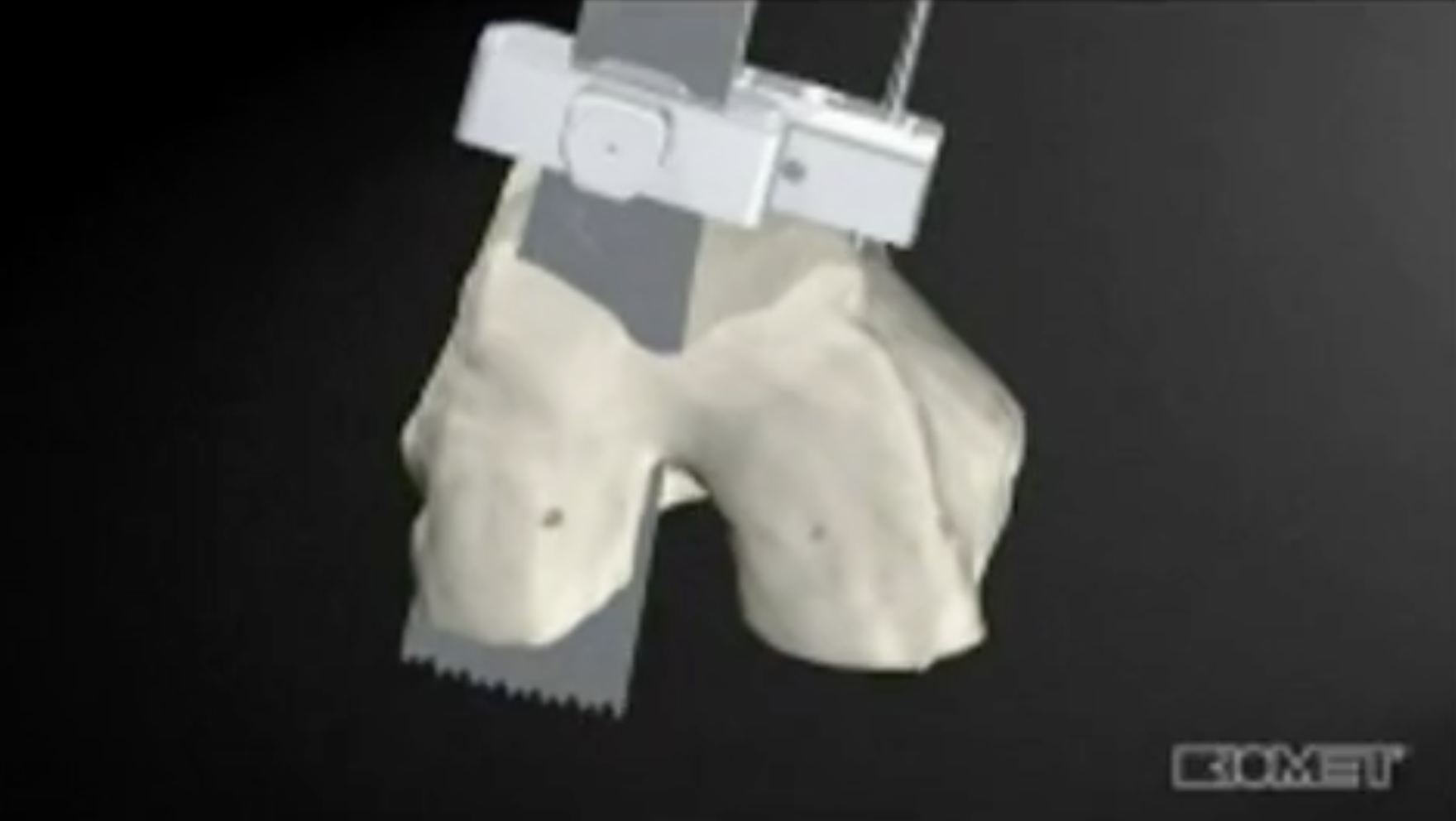The Knee
May 18, 2022
Hello, and welcome to Yuma Health and Happenings. I’m Dr. Ron Clark, Orthopedic Surgeon and founder of The Bone and Joint Center of Yuma. Today, I want to talk about the knee with its amazing form and functions. We’ll also discuss what happens when the knee stops performing those functions and a total knee replacement may be necessary.
Anatomy of the Knee
The knee is a special joint where the thigh bone, called the femur, and a lower leg bone, called the tibia, connect. The knee joint can be compared to a rocking chair that moves back and forth to allow for bending and straightening. This joint consists of bone and is covered by a softer tissue known as cartilage, which cushions and lubricates the bones during movement.
Osteoarthritis
Osteoarthritis occurs when this protective cartilage on the ends of your bones wears down; therefore, it is sometimes called “wear and tear” arthritis. Osteoarthritis symptoms often develop slowly and worsen over time. As the cartilage wears away, the joint becomes more and more painful and difficult to move.
You might be thinking: “If this is due to a normal wear and tear condition, is this something I simply have to live with or are there treatment options?” The good news is that there are numerous treatment options for osteoarthritis, including total knee replacement surgery.
Total Knee Replacement Surgery
In one of our last posts, we learned about the non-surgical options for those with knee arthritis. When these treatments are no longer able to relieve the pain and suffering of arthritis, it is time to consider surgical treatment. One surgical option called a total knee replacement can be extremely successful in helping those with osteoarthritis.
Total knee replacement is a fairly routine procedure and has been in use for over 30 years, with more than 600,000 surgeries performed every year in the United States. Over the last 7 years, surgeons have focused on reducing the size of the surgical incision in order to minimize the amount of tissue involvement at the time of surgery. A minimally invasive approach is generally used by most knee surgeons to assist their patients in healing.
The Process of Total Knee Replacement
In the last 4 years, a new technology, patient-specific aiming guides, have been developed to improve the accuracy in total knee surgery. These guides are made from computer models of the knee after the patient has an MRI or CT scan. These guides have been shown to improve the accuracy with which the knee replacement can be positioned.
During surgery, the surgeon uses these cutting guides to remove just the correct amount of bone and deformed joint tissue. An additional guide is used to complete the cuts, which allows for a precise positioning of the new joint replacement. The same procedure is carried out on the lower bone, or the tibia. Guides are then used to make a precise cut that will provide the correct orientation for the knee joint replacement. A plastic liner is brough in between the two metal implants to allow for a normal joint function.
By using this technology, the surgeon can actually perform the surgery on a computer image before even going into the operating room. These guides are unique to each patient and allow for improved implant placement by directing pins into the bone, which hold the guides in place and allow the surgeon to accurately trim the bone ends in preparation for the new joint surface.
Lifestyle Changes After Total Knee Replacement
Will your lifestyle change after healing from a partial knee replacement? The answer is yes. You will likely gain greater mobility and experience minimal to no pain. Most forms of exercise can be resumed or started after surgery, including walking, swimming, and biking. However, you should avoid high-impact activities such as jogging.
The decision to have surgery can be difficult. It is my hope that I have helped you understand the basics of knee osteoarthritis and some of the options for treatment so that you can make the best decision for yourself.